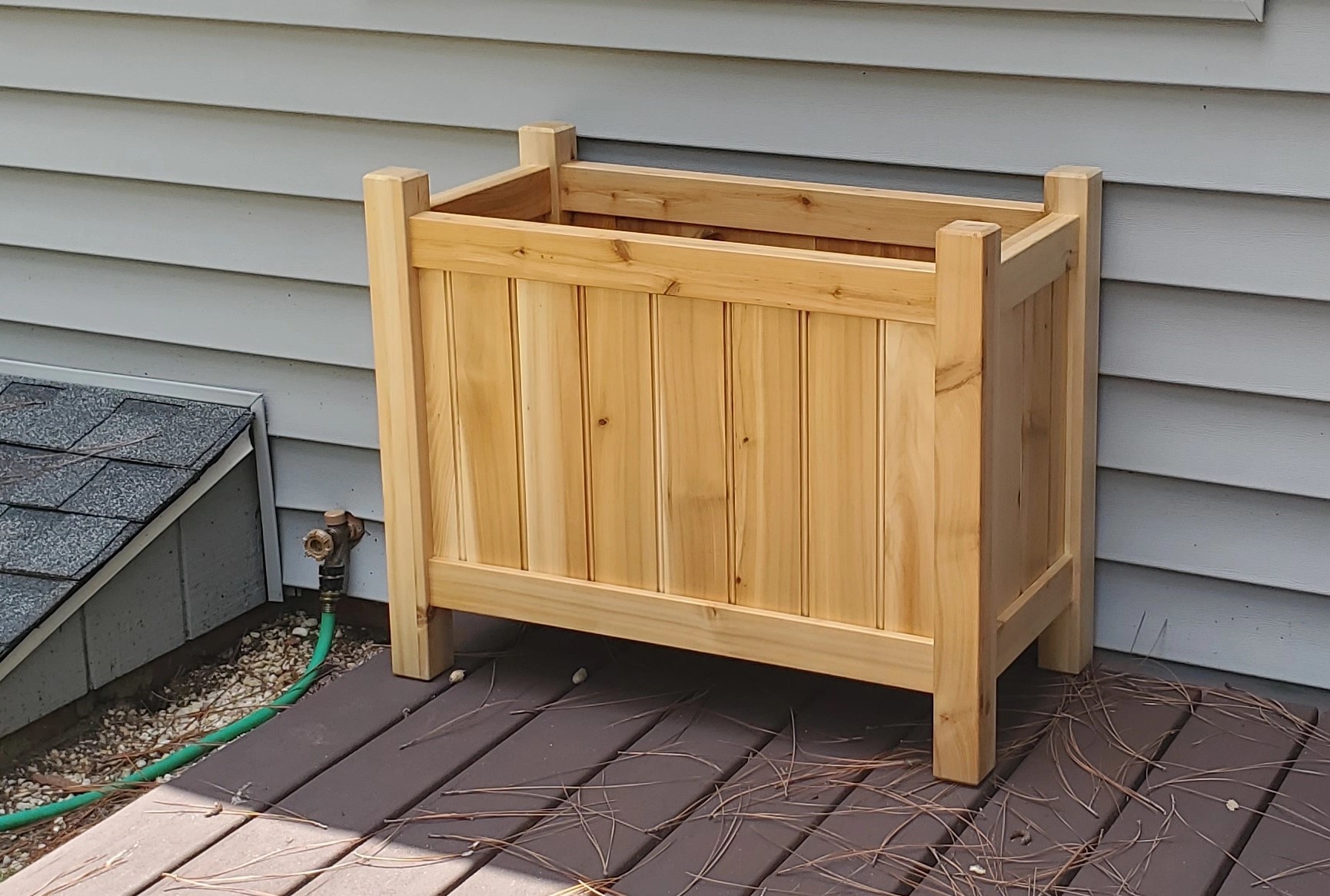I have very very old power tools. I cannot afford new ones. The problem is, if I’m being totally honest, I’m largely afraid of the tools I have. I’d like to get over this. How does one do that without direct supervision?
More info: I inherited tools from my parents and grandparents. Things I could afford to replace, like drills and drivers, I did. What I have left are big bladed things (chop saw, table saw, tile saw, etc. no lathe sadly :( ) None of the users of these specific tools are still alive. They are all probably 30+ years old, and work fine, probably, but… are just super intimidating (tho my grandfather had a lot of pre-electrification manual tools and I love those - So nice to take a manual plane to a solid door and end up with something that closes properly!). Some of them have plugs that screw together so you can repair them and everything (those I probably won’t use, absolutely terrifying if you fuck up). I’m mid 30s so I remember most of these things being used but I also remember the table saw I have in my garage taking off half my step-dads thumb…
I know power tools today are built to be a lot safer, but I definitely can’t afford those (I wouldn’t even be able to afford these but they were free for me), and I don’t know anyone with power tool skills (last learning I got was in hs shop class almost 20 years back) so how do I get comfortable with them enough to actually use them for the little projects I need them for? I don’t live in a big metro area, so there aren’t clubs afaik.
Safety features haven’t changed that much on major power tools in a long time, with the exception of stop saw. Don’t necessarily think old tools are inherently less safe, but let that fear of spinning blades cultivate respect for what they can do. At the end of the day, it’s all about keeping your fingers and body out of the blade path. This can be done with a mix of technique and some very basic tools.
Chop saw
- Does yours have a blade guard that retracts as the saw moves up and down? That’s the only safety innovation on these that I know about
- Keep your fingers away from the saw bed and fence
- Don’t hold your work piece to the saw fence with your hand, use a clamp
- Don’t hold your work piece to the bed of the saw if it’s too long and falling over. You can either build/buy a stand or use an outfeed type table if the saw is on say the end of a counter/bench
Table saw kick back
- Do does yours have a Riving knife? If yes, good. If no, does it have provisions for one? Go buy one and install it pronto. Riving knives prevent kickback, which occurs when the far side of the blade (spinning up) catches/lifts the wood you’re cutting. This can result in one of two things: you reach for the wood that’s lifting and put your finger in the blade path and/or the wood lifts, the blade catches it, and the piece of wood gets thrown in your ganeral direction
- if possible, stand off-center to the piece of wood you’re cutting so it can’t hit you if it does kick back
- If you see the wood lifting, then the saw off then think
Table saw other ideas
- Use push blocks and/or push sticks. These don’t have to be fancy and you can absolutely make your own out of a piece of wood. I would personally avoid blocks or sticks that only rely on friction. The last thing you want is for one to slip and put your hand (or body) in the blade path
- Speaking of bodies, do not lean over the table saw! You don’t want to slip and fall into the blade
- If you have a fence and are ripping narrow pieces of wood, use a featherboard to keep the wood against the fence
- Buy or make a cross cut sled. This will make your cuts more consistent and keep your fingers out of the way
- Speaking of sleds, table saw jigs are your friend if you’re making repetitive cuts
Fear is good, so long as you can convert it into respect for them. As soon as you lose the respect, they WILL bite you.
Never fear danger, but always respect it.

